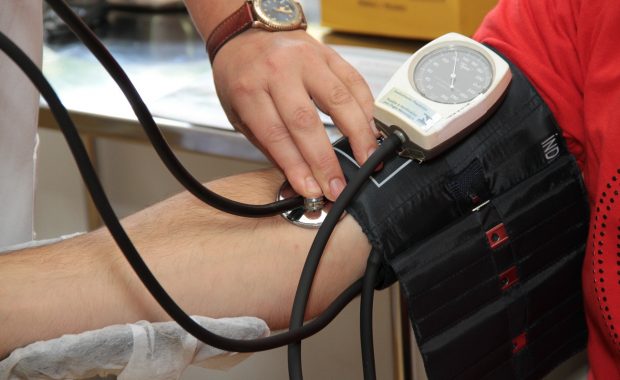Without explanation, even well-intentioned criticism can fall flat. So, how can we move beyond vague negativity and offer truly constructive feedback that helps other writers grow? The answer lies in the power of why.

Our health communication blog posts discuss the latest evidence-based writing techniques to help you write effective health content. Browse all posts in the series here.

LAST UPDATED | FIRST PUBLISHED | BY Michelle Guillemard
Without explanation, even well-intentioned criticism can fall flat. So, how can we move beyond vague negativity and offer truly constructive feedback that helps other writers grow? The answer lies in the power of why.

LAST UPDATED | FIRST PUBLISHED | BY Michelle Guillemard
Nutrition experts, this challenge is for you!

LAST UPDATED | FIRST PUBLISHED | BY Michelle Guillemard
To address vaccine hesitancy in writing, it is important to put yourself in your reader’s shoes, demonstrate an understanding of the hesitancy, and form an effective response using evidence-based writing techniques, clear communication, courtesy, and empathy.

LAST UPDATED | FIRST PUBLISHED | BY Michelle Guillemard
Do you want best-practice strategies for addressing vaccine hesitancy? This checklist captures essential evidence-based techniques for communicating clearly about vaccination.

LAST UPDATED | FIRST PUBLISHED | BY Michelle Guillemard
Editing is a mindset.

LAST UPDATED | FIRST PUBLISHED | BY Michelle Guillemard
A quick overview of what a health writer does every day to help you decide if it’s the right career choice for you.

LAST UPDATED | FIRST PUBLISHED | BY Carla Eisenstein
Health writing job interviews often include writing tests. Is that okay – and, if so, how can you conquer the test?

LAST UPDATED | FIRST PUBLISHED | BY Carla Eisenstein
Don’t be afraid to send messages to writers you admire. They might respond and teach you something memorable.

LAST UPDATED | FIRST PUBLISHED | BY Hafsa Abdirahman MPH
As health writers, we have to do our due diligence to ensure we are citing reliable and scientifically accurate sources.

LAST UPDATED | FIRST PUBLISHED | BY Libby Evans
A collection of new behaviour change communication research to help you write health content that will resonate with your readers and promote behaviour change.

LAST UPDATED | FIRST PUBLISHED | BY Libby Evans
Writing about heart disease? Explore the latest research into heart disease communication.

LAST UPDATED | FIRST PUBLISHED | BY Michelle Guillemard
Browse some of the latest public health research about anti-drinking messages and alcohol communication.

LAST UPDATED | FIRST PUBLISHED | BY Libby Evans
A collection of research about kids health and communication strategies to help kids live healthier lives.

LAST UPDATED | FIRST PUBLISHED | BY Michelle Guillemard
Learn how to write more effective content about cancer-related topics.

LAST UPDATED | FIRST PUBLISHED | BY Michelle Guillemard
Read the latest scientific evidence for smoking prevention strategies, tobacco control and health communication research.
